
- +1 (781) 935-3450
sales@newcastlesys.com

The Receiving Dock is one of the most overlooked process areas in the warehouse or production facility. After all, how complicated can it be to unload a truck and put all the incoming pallets and boxes away?
But what if you could double the amount of Receiving you do at each bay door? Or what if you could eliminate detention fees? How about ensuring all incoming product is labeled and put away accurately?
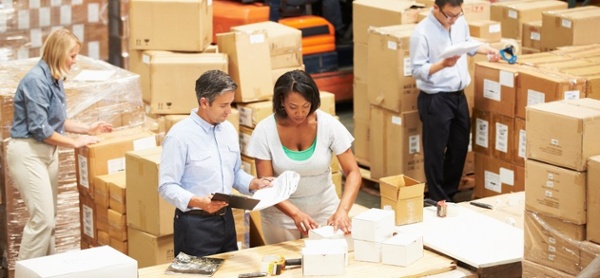
Receiving can be the most important process in your facility – because what happens on that dock can adversely impact all the other downstream processes. But most of what can be improved is rarely understood because it’s not as closely measured or monitored like other processes may be.
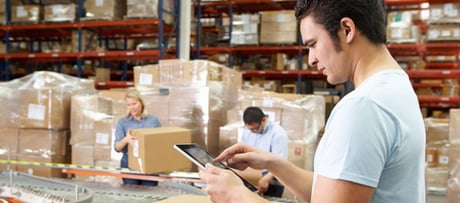 What are the steps always used to improve a process? It always starts with knowing the “as-is” process that you have. Even if it’s not documented, you DO have a process – or two, or five or more. It’s what your team decides to do every day on the job. Documenting the steps in your process and measuring what is important at each step is the starting point. Don’t know how? We can help. Contact us or try our Motion Meter app to create a simple documentation of your Receiving process.
What are the steps always used to improve a process? It always starts with knowing the “as-is” process that you have. Even if it’s not documented, you DO have a process – or two, or five or more. It’s what your team decides to do every day on the job. Documenting the steps in your process and measuring what is important at each step is the starting point. Don’t know how? We can help. Contact us or try our Motion Meter app to create a simple documentation of your Receiving process.


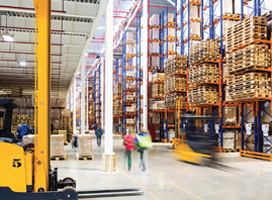
A big part of making your Receiving process more efficient is to focus on your Dock to Stock cycle time as well as any accuracy measurements you may keep. Moving things off the dock quickly and to their intended destination – and with the right labels – is the goal. Re-designing the process to do that involves everything from the design of your warehouse to different equipment and even considering different Auto-ID technologies.
While traditional warehouse and production floor efficiency has focused on things like “minimize touches”, one very big under-appreciated metric is to “minimize footsteps”. For example, if you had the choice to have a worker use the printer only once per pallet rather than 40 times (once for each case on the pallet), you would normally conclude that to be the best option. But if you realized that while printing 40 labels at once required 138 steps to the printer and back in between each pallet which would result in $10,000 of extra labor hours per year, you might wonder if “print-on-demand” right at the receiving dock would serve you better, no? Look at the steps your operations generates by virtue of its stationary printers and workstations, and now imagine if they could take the whole kit with them on wheels to the Receiving Dock. Which would you choose now?
Direct Relief, a non-profit out of California is one of hundreds of clients who found a better way to achieve a “Receiving Revolution.” By converting their workstations to Mobile Powered Receiving Stations, they took a big bottleneck out that was impacting their efficiency.
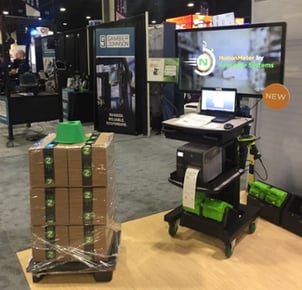
What exactly is a “Mobile Powered Workstation”? It’s basically a heavy-duty, ergonomic and KPI-friendly way to do your work faster, more accurately and efficiently by taking the important tools your team uses in their work – scanners, label printers, laptops and even things like dimensional scanners, scales and more – and lets them take their tools to their work, rather than moving the work around or having them walk back and forth to their stationary printers. And there are literally dozens of applications and configurations to meet virtually any need in any part of the warehouse.
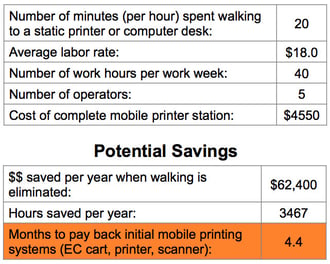 How efficient can your Receiving Dock get? You might be in for a pleasant surprise, as users have reported saving 50% or more on labor costs at the dock, including reduced detention fees that are normally created when Receiving becomes the bottleneck in the facility. Each cart, equipped with a powerful battery to keep your workstation running for an entire shift or more, can pay for itself within 4-6 months and often sooner than that.
How efficient can your Receiving Dock get? You might be in for a pleasant surprise, as users have reported saving 50% or more on labor costs at the dock, including reduced detention fees that are normally created when Receiving becomes the bottleneck in the facility. Each cart, equipped with a powerful battery to keep your workstation running for an entire shift or more, can pay for itself within 4-6 months and often sooner than that.
CONTACT
Newcastle Systems, Inc.
34 South Hunt Road
Amesbury, MA 01913 USA
Call us: 781-935-3450